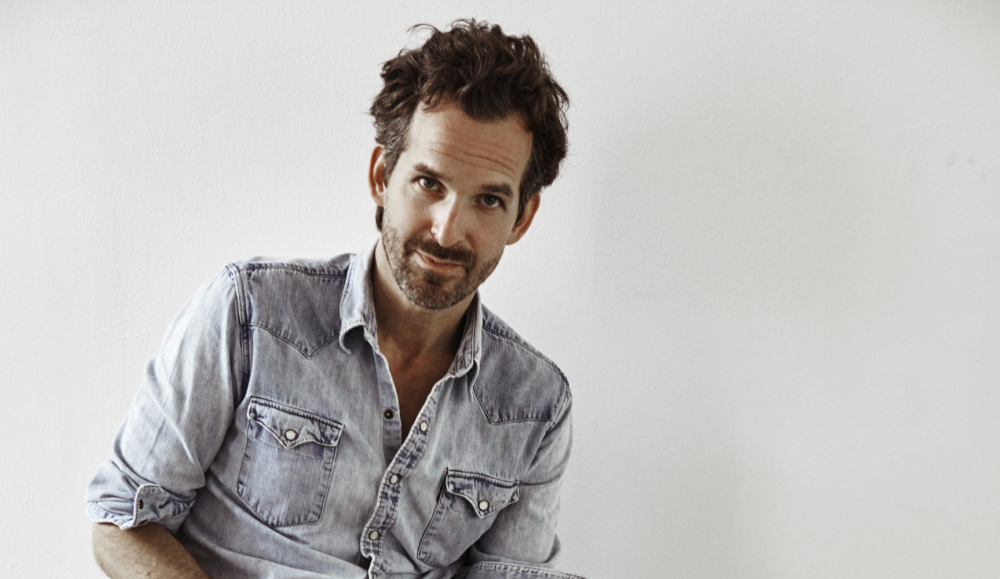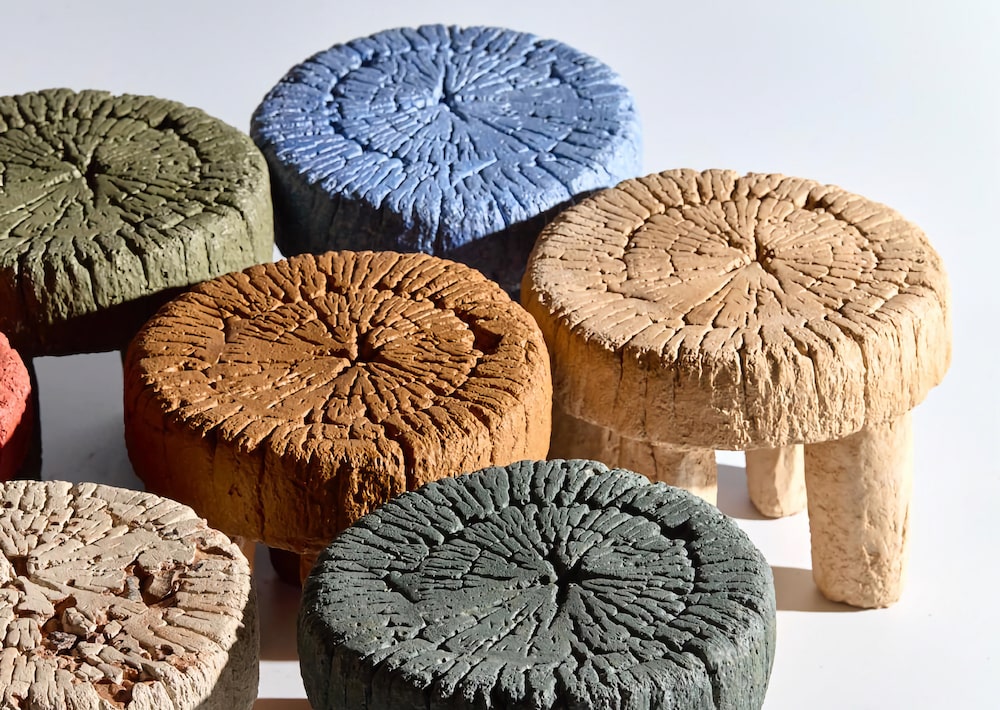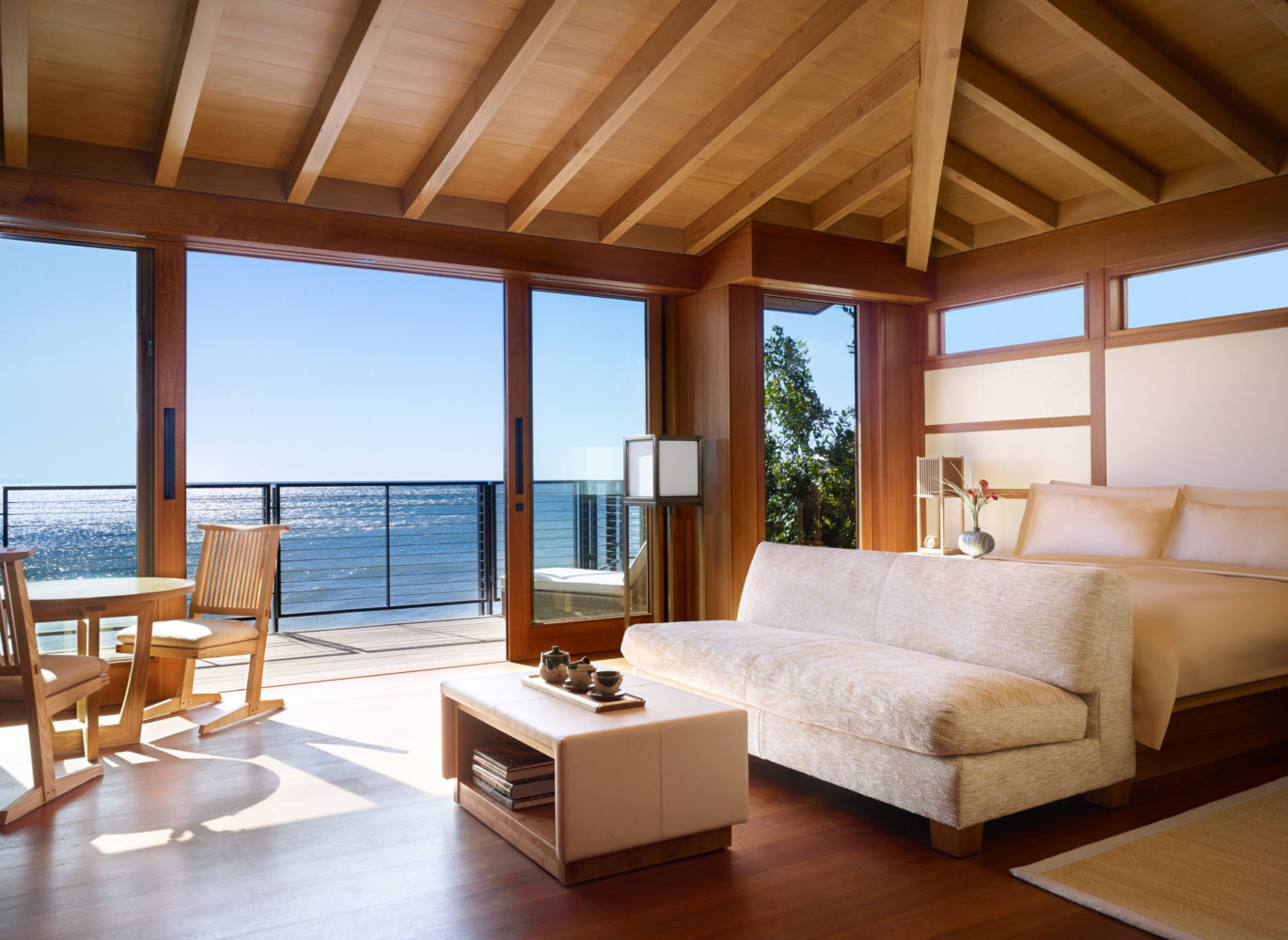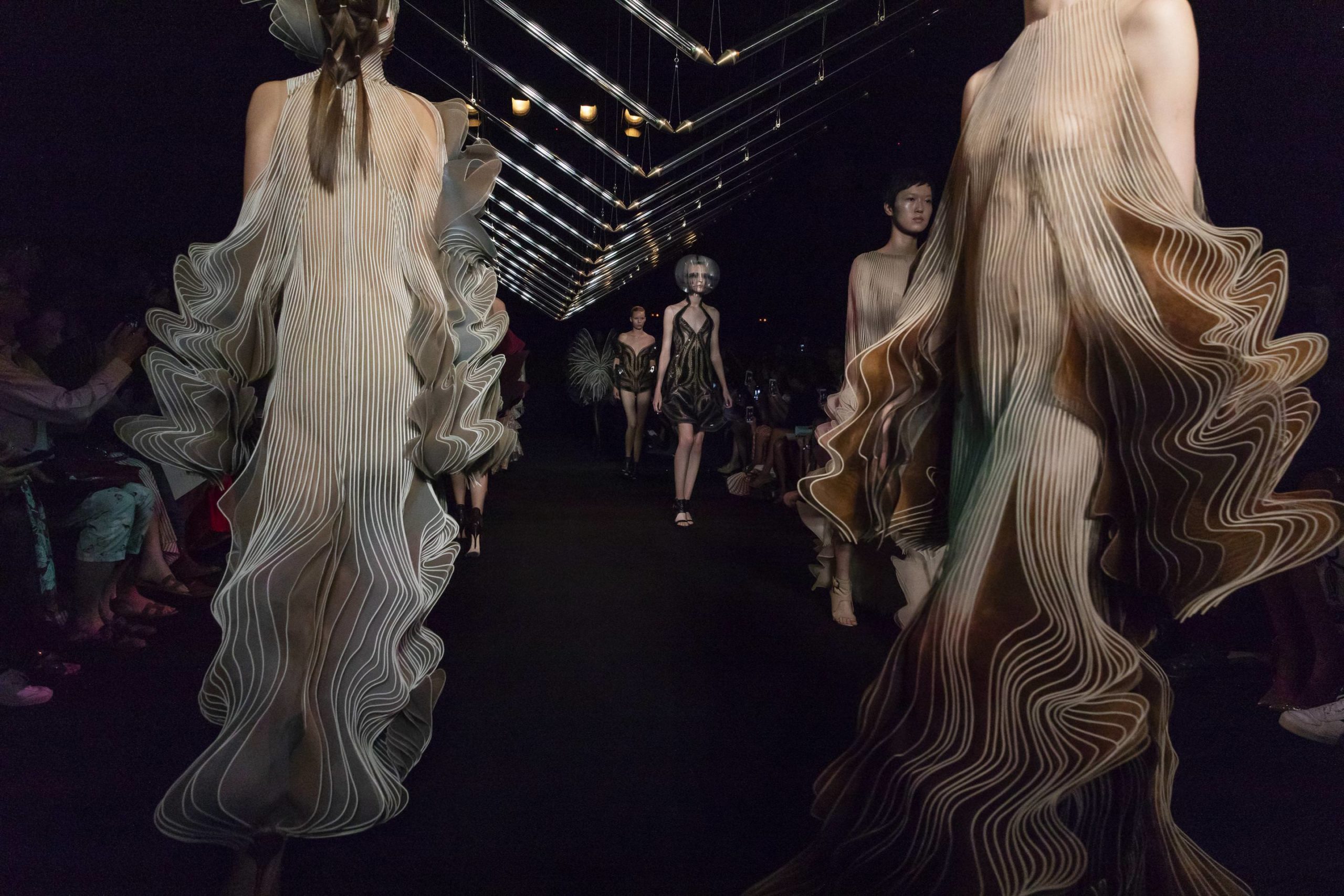Before sketching a new object, the designer Mathieu Lehanneur first draws the experience of it. Human perception, as he describes it, is the soul of an item, the magnetic field that makes us feel, reach, and remember.
Whether he is creating the perfect bed for a most restful sleep, a living air filter using live plants, solar street lighting furniture, a business lounge at Charles de Gaulle airport, or capturing the memory of an ocean in marble, Lehanneur’s aim is to return us to ourselves and our dreams. In November at Salon Art + Design in New York, he presented the installation “Soldier’s Retreat,” inspired by the fair’s Regiment Armory venue. Imagined as a place of suspended time, a Garden of Eden, it had a feeling of power and lightness.
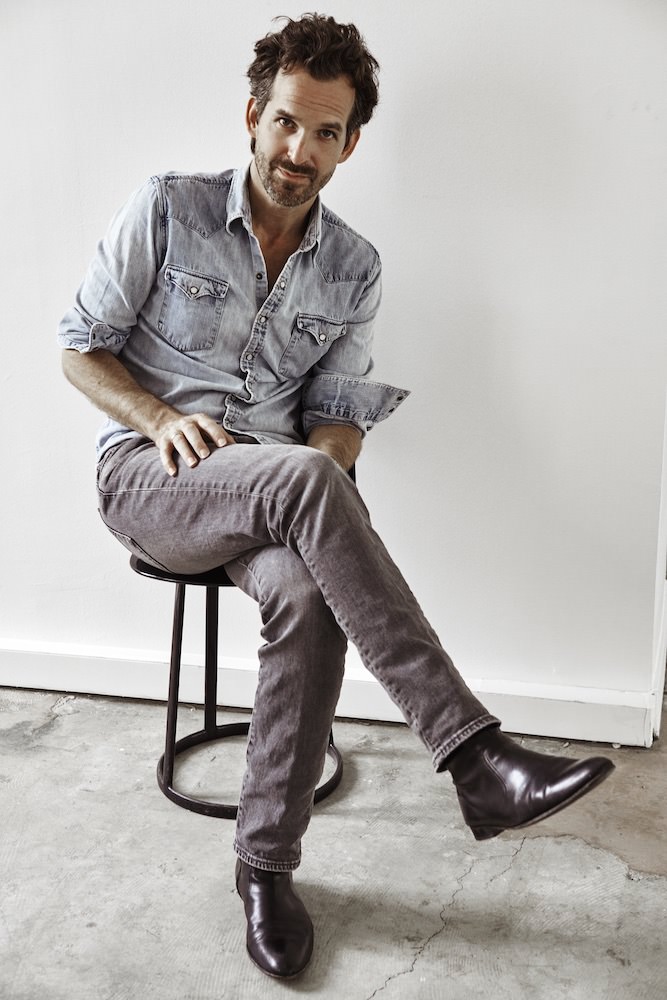
©Lionel Gasparini
Just before its debut, Whitewall caught up with the French creator and learned about why he hopes to never specialize in any one thing, and why we need to be asking more questions.
WHITEWALL: What role do you think experience plays in design?
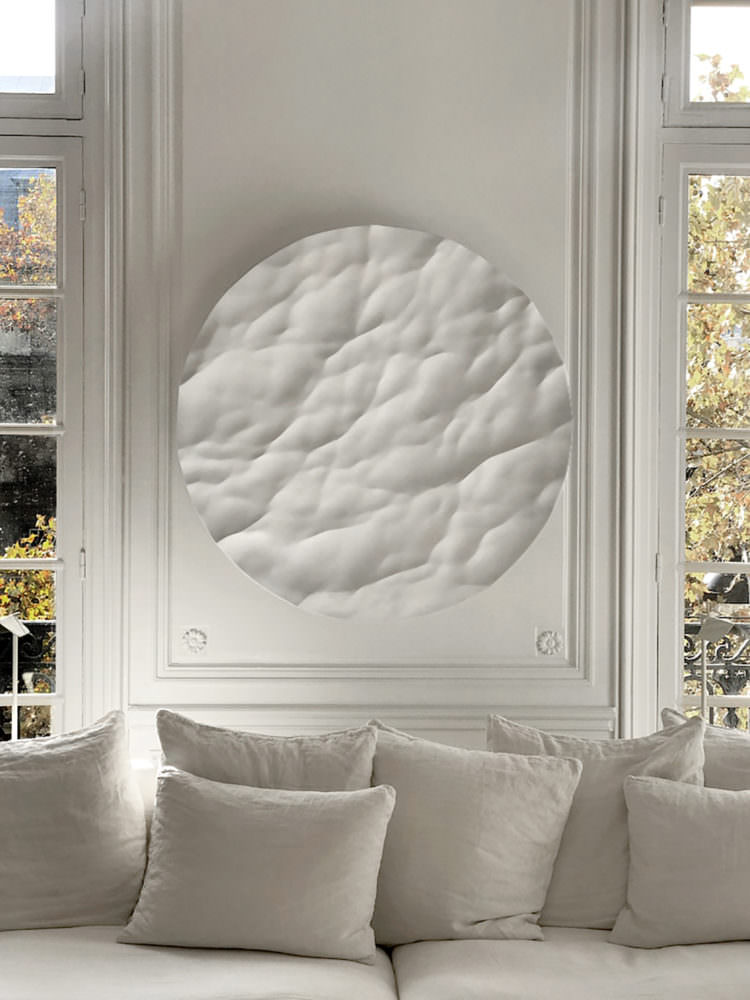
MATHIEU LEHANNEUR: Experience is the invisible part of an object; it is its soul. Experience is the magnetic field around an object that makes us want to look at it, to touch it, to feel it, and to remember it. The experience is also the revenge of the other senses on the predominance of the visual. I conceive pieces and places by first drawing what they must produce in you. I write the scenario of the relationship that must be established even before drawing the thing itself. This relation can be constructed by technology or matter, by the microscopic or the monumental. I always try to produce a mirror experience. It means that the objects must return us to what we are: a living being, thinking and breathing. A human being with a limited life and who dreams of eternity.
WW: You’ve said that your favorite materials to work with are air, light, water, and sound. Why is that?
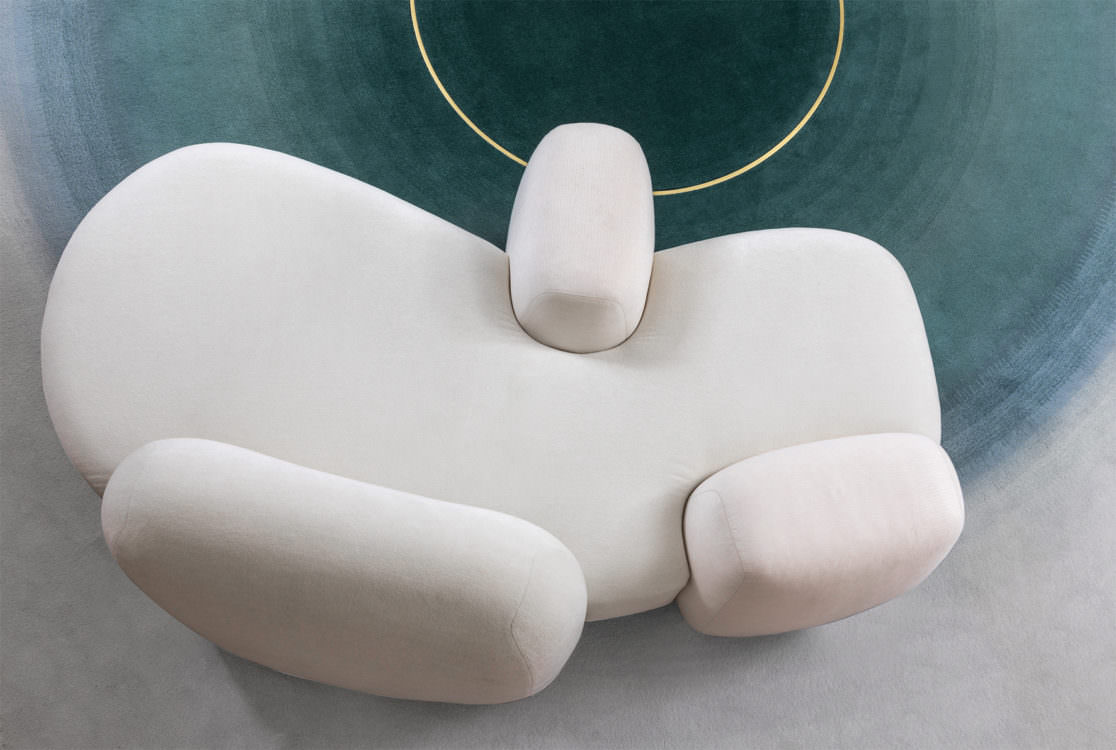
ML: The most beautiful part of a book is the one that lies between lines, the space in which the reader can project himself and appropriates the work. In this space there is no matter, but air, lighting, and inspiration. In design it is the same—immateriality is always more important than materiality.
WW: Why is it key to incorporate material and tactility to projects you work on that incorporate technology?
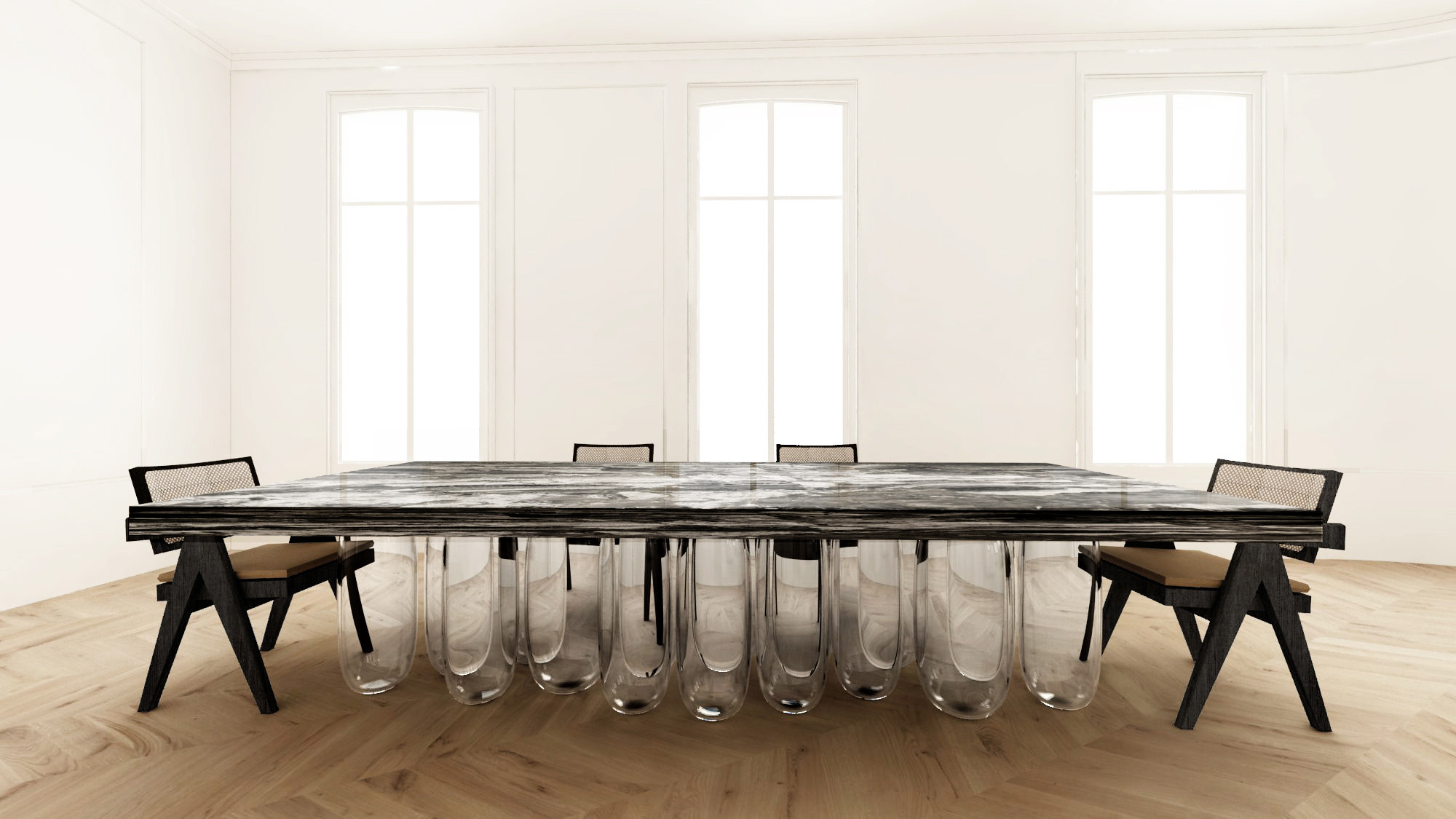
ML: I make no distinction between matter and technology; they are tools and ways to send a message, an energy, or an emotion. Some of my projects incorporate technology. I think of Tomorrow Is Another Day, which reproduces in real time on a screen the sky of tomorrow, in any point of the world. This project, installed in each of the rooms of a hospital in Paris, integrates a rather complex technology that recovers all the worldwide meteorological information that automatically generates a sky absolutely realistic but in a digital way.
WW: You’ve said that your goal is to be a specialist in nothing. How does that keep your mind open to the world?
ML: As soon as you become a specialist, you put aside some of your imagination, innovation, or exploration’s abilities. Your “recipes” are the same; you apply your methods and your vision retracts. I chose this field precisely not to take the risk of specialization. My clients are always different; their needs and demands are different also. Each project is for me as an enigma to solve.
WW: The idea of your “Ocean Memories” series was to capture the feeling of gazing off into the ocean. Why was that something you wanted to re-create?
ML: Just as the Impressionists sought to capture the variations of light on their canvases, I wanted to freeze forever what is moving by nature: the sea. It has been a long process to find the right way to do it. I did not want to give an interpretation of the ocean; I wanted to capture a real piece of ocean! I did it thanks to complex computer software capable of restoring the real movement of water under the effect of current and wind.
WW: What are some of your most treasured ocean memories?
ML: When I was a child I spent my holidays in Corsica. At the end of the day, I spent a long time on the rocks facing the sea. I did not need to talk or even think. I stayed there, aware that I was alive and that it was already a miracle!
WW: As a designer, you inevitably collaborate with so many brands. What kind of conversations are you having at the moment around sustainability, both in your studio and with your partners?
ML: For many decades brands and their marketing departments have asked themselves a question: “For whom?” Who to sell this product, who to draw this garment, who to make this car? The question remains necessary today, but it is not enough anymore. Our world is already saturated with objects. In my collaborations with brands, but also with my team, I now ask two other questions that seem to me much more important: “Why?” and “For how long?” Every new thing produced, every new piece conceived, must be legitimate and necessary, and for a long time.


